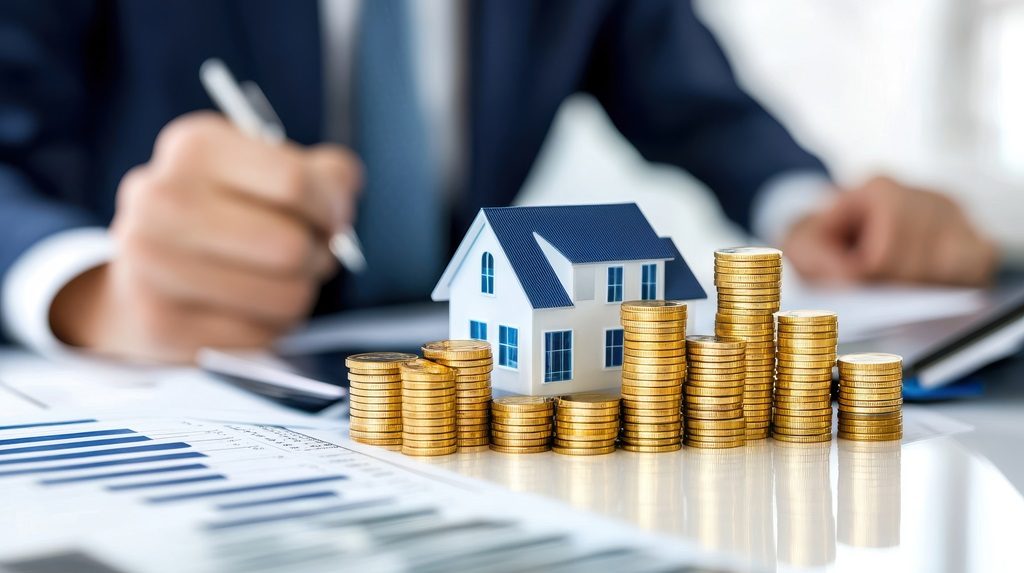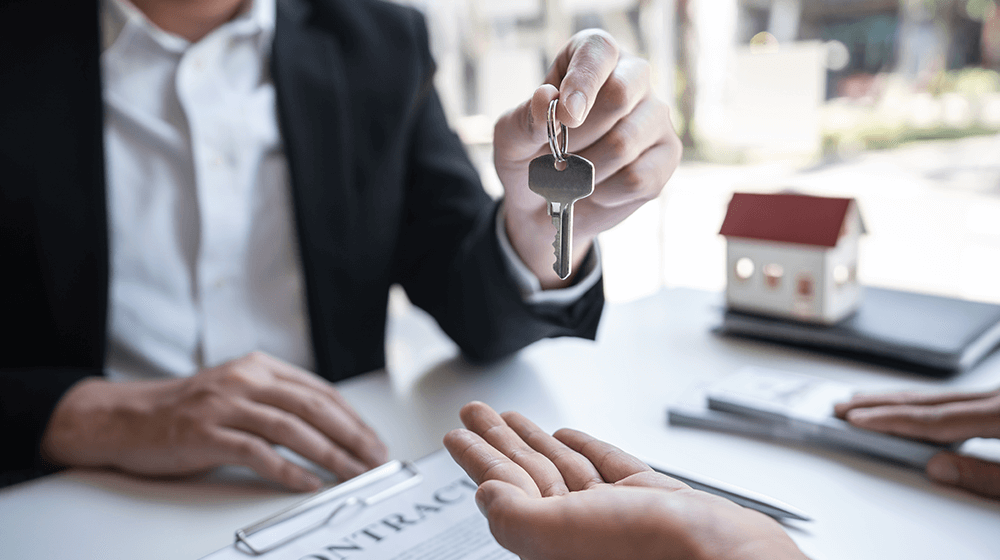
Sale and lease back agreements can seem complicated, but they don’t have to be.
What is operating lease? Sometimes a business owner will have a piece of equipment or another asset that they need but don’t want to purchase. This can be for any number of causes/reasons. Perhaps there isn’t enough cash on hand to make such a big purchase, or maybe they only need it for a year or two and are able to sell it once they are done using it. Either way, leasing is an option that allows business owners to get what they need in order to run their businesses smoothly.
What is Aviation finance? Aviation finance, also known as aerospace finance or flight leasing, is a financial structure where an investor (typically a lender) purchases an asset that will be leased to another party. When they purchase something in order to lease it out, they’re buying on behalf of their client—their client is technically owning that asset even though they’re not physically holding
In fact, by following these 10 tips, you’ll have an easy time navigating the sale and leaseback process and finding the best buyer for your equipment. Consider this your guide to an easy sale and lease back experience!
1) Get Pre-Approved
First, it’s critical to secure financing for your new building before you close on your existing one. You want to ensure you have a line of credit in place so you don’t get stuck scrambling once you own two buildings. If you don’t already have a lender lined up, contact several banks or commercial lenders as soon as possible and go through the pre-approval process. But be sure to ask lots of questions about how each option will work so that everything is crystal clear when crunch time comes. Once approved, ask that they wire money into an escrow account to secure their commitment until closing day.
2) Select Your Buyer
Before you list your property for sale, it’s important to select a buyer that can close quickly and without much hassle. While it’s tempting to choose whoever offers you the most money, if your deal falls through at any point in the process, you could be stuck with no buyer and no property. To avoid stress down the road, look for a buyer that can move quickly, has been involved in lease-back transactions before, and is familiar with local laws. Not only will finding these types of buyers save you time and stress during your transaction, but they’ll also help ensure that your transaction moves smoothly from start to finish.
3) Determine Your Fair Market Value
If you’re looking to lease back your business equipment financing, there are a few things you need to know. You can determine your fair market value by searching similar items on various websites and platforms, such as brokers, auctions, and classifieds. Use these listings to find out what others are selling similar equipment for so that you have a solid idea of how much yours is worth in today’s marketplace. The more research you do at first, the easier it will be later on!
4) Consider The Down Payment
One of the biggest risks in a sale-and-leaseback deal is that your business will be stuck paying rent after you sell it. If your business can’t make lease payments, you could face heavy penalties and lawsuits, and even lose ownership of your assets if they’re repossessed. To avoid these issues, you’ll want to make sure you come up with a sizable down payment for your assets or consider offering leases with purchase options.
5) Prepare Your House For Sale
Before you put your house on sale, there are a few easy steps to ensure that you’re maximizing its resale value. A clean home helps potential buyers feel at ease, and a fresh coat of paint will make your rooms seem bright and cheery. In addition, it’s crucial to prepare any spaces you plan to rent out for tenants—make sure everything works properly and that carpets are freshly cleaned. Even small investments like these can mean big payoffs in the long run.
6) Don’t Neglect Any Expenses
You’re selling your current property to fund another purchase. But no matter how attractive the property might be, make sure you account for all costs before you sign on that dotted line. These expenses include real estate agent fees, appraiser fees, broker commissions, and any repair or renovation costs incurred by the new buyer. Oftentimes, these expenses will take a big bite out of your revenue, so prepare accordingly.
7) Develop A Timeline
The next step to making a sale and lease back deal happen is setting a timetable. We recommend having a timeline that outlines dates for executing contracts and closing on all involved properties. If you’re looking to get started right away, there are steps you can take today to make sure you’re ready to sell by your projected date. Depending on when you’d like to close, it might be wise to begin vetting potential buyers now so that an interested party is lined up by your deadline date—and that buyer understands exactly what he or she will be acquiring from you. You don’t want buyer remorse down the road if something unexpected occurs during your deal’s timeline!
8) Do Not Forget Taxes
You can take a tax deduction on your sale and leaseback transaction. To do so, you’ll need to use an IRS-approved method to figure your gain or loss on such transactions. The IRS recognizes three different methods for doing so: FIFO (first in, first out), LIFO (last in, first out), and average cost. It’s crucial that you choose one of these methods when calculating your gains and losses for tax purposes, as you cannot use one method for calculating gain and loss on the sale price and a different method for determining your basis in corporate assets used to secure debt.
9) Follow Up With The Bank Often
If you’re looking to do medical equipment leasing, one of your important calls should be to your bank. The sooner you alert them that you want to sell equipment—whether because you need money or are trying to get rid of it—the more willing they will be to help, especially if it’s a large piece. One strategy is for companies with unused cash flow—in other words, excess capital—to do a sale and leaseback on larger pieces that are underused in exchange for getting cash back from those pieces before they go out of service. Banks may also take part in sales and leasebacks by investing directly in project financing.
10) If You Are Selling, Choose The Right Lender
When you’re choosing a lender, make sure that your asset is protected by selecting a private lending company. Because these lenders are still in business even if your deal falls through, they will have an incentive to help you find a buyer quickly and they’ll be better able to protect your assets. If you aren’t able to sell during or after your loan term, don’t worry! You can get out of it at any time without costly prepayment penalties.
Final Words
It’s easy to jump right into a sale and lease back. The problem is it often becomes a headache if you’re not prepared. So before you run off to a title company, read through these tips and consider your options. You may end up deciding that sale and lease back isn’t right for you, after all. Or maybe with a little preparation, you can make it an easy process that doesn’t cause anxiety down the road.







